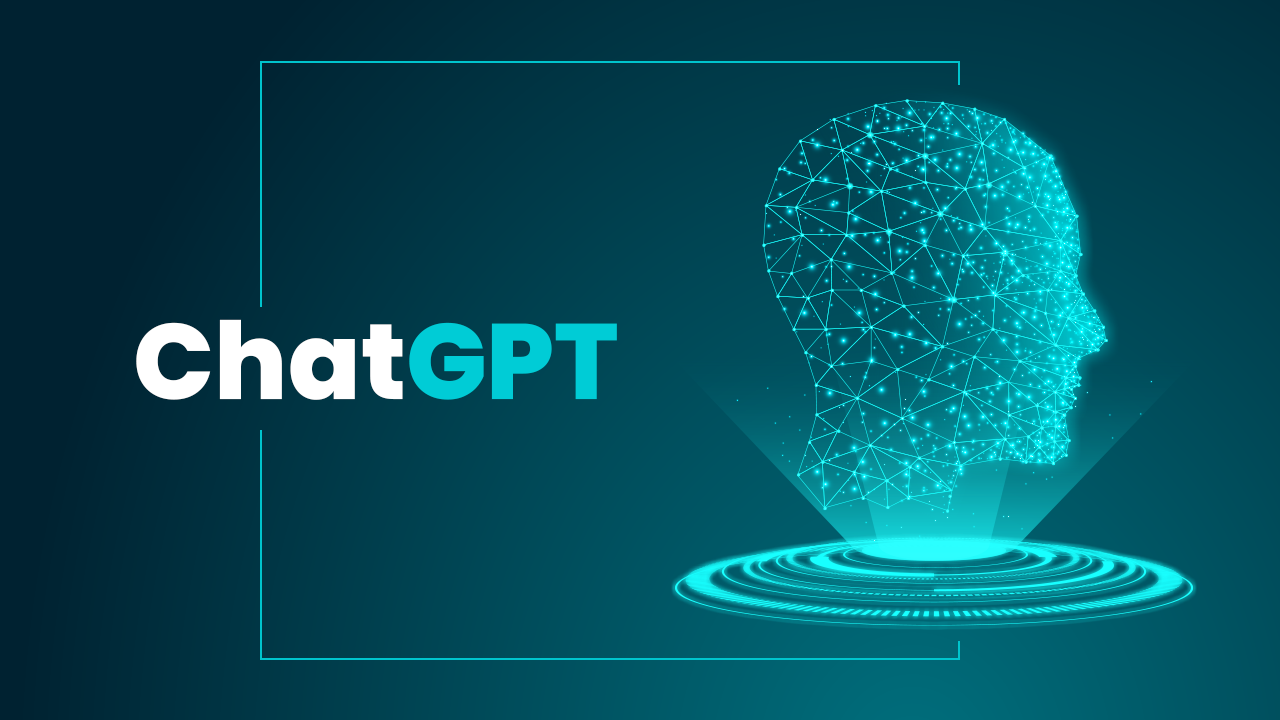In the realm of artificial intelligence and natural language processing, ChatGPT emerges as a groundbreaking innovation that has captivated the way humans interact with computers.
ChatGPT, a state-of-the-art language model developed by OpenAI, has redefined the boundaries of communication between individuals and machines.
In this article, we delve deep into the concept of ChatGPT, its remarkable implications, and the reasons why it holds immense significance in the digital landscape.
What is ChatGPT and Why Does It Matter?
ChatGPT, short for “Chat Generative Pre-trained Transformer,” is an advanced language model designed to generate human-like text based on the given prompts. It is built upon the Transformer architecture, which excels in handling sequences of data. This technology allows ChatGPT to comprehend and produce coherent text that closely resembles human language. The model has undergone extensive training on a diverse range of text sources, making it capable of understanding context, nuances, and even idiomatic expressions.
Check out: ChatGPT vs Software Developers
Revolutionizing Human-Computer Interaction
ChatGPT has ushered in a new era of human-computer interaction by enabling machines to understand and respond to human language more naturally. This breakthrough has paved the way for enhanced user experiences in various applications, from customer service chatbots to virtual assistants. With its ability to engage in meaningful conversations, ChatGPT bridges the gap between users and machines, making interactions more intuitive and efficient.
Applications Across Industries
The impact of ChatGPT spans across numerous industries, making it a versatile and indispensable tool. In customer support, it offers instant assistance and answers to user queries, reducing the need for extensive wait times. Content creators leverage ChatGPT to brainstorm ideas, generate content, and overcome writer’s block. Additionally, the medical field benefits from ChatGPT in analyzing patient data and assisting in diagnoses by processing vast amounts of medical literature.
Enhancing Language Translation
Language barriers often hinder effective communication. ChatGPT addresses this challenge by providing real-time translation services. Whether it’s translating text or facilitating multilingual conversations, ChatGPT’s language capabilities empower individuals to connect and collaborate across cultures and languages seamlessly.
Check out: ChatGPT Work in the Back-End
Personalized Learning and Education
Education is another domain profoundly impacted by ChatGPT. It serves as a virtual tutor, offering explanations and insights on various subjects. Students can receive personalized assistance, practice language skills, and engage in interactive learning experiences. This personalized approach revolutionizes the traditional classroom model, making education more accessible and engaging.
Facilitating Content Creation
Content creation is a labor-intensive process that demands creativity and time. ChatGPT comes to the rescue by aiding in generating ideas, drafting articles, and composing marketing materials. Content creators can harness its capabilities to streamline their workflows and focus on refining their output.
Exploring the Benefits of ChatGPT
1. Natural and Intuitive Interactions
ChatGPT’s natural language generation enables users to communicate with machines just as they would with other humans. This results in more intuitive and seamless interactions, enhancing user satisfaction.
2. Time and Cost Efficiency
In customer service and support, ChatGPT reduces response times and operational costs. Businesses can provide round-the-clock assistance without the need for extensive human resources.
3. Knowledge Extraction
ChatGPT can analyze and distill vast amounts of information from texts, papers, and articles. This knowledge extraction capability proves invaluable in research and decision-making processes.
4. Language Learning Companion
Language learners can engage in meaningful conversations with ChatGPT to practice speaking and comprehension skills, creating an immersive and dynamic learning environment.
5. Creative Support
For artists, writers, and designers, ChatGPT serves as a source of inspiration, offering novel ideas and creative suggestions that can be further developed into original works.
6. Continuous Learning
ChatGPT’s ability to learn from user interactions means it constantly evolves, leading to improved responses and an ever-enhancing user experience.
FAQs
Q: Can ChatGPT understand multiple languages?
A: Yes, ChatGPT has multilingual capabilities and can comprehend and generate text in various languages.
Q: Is ChatGPT only used for text generation?
A: No, while text generation is a primary function, ChatGPT’s applications extend to tasks such as language translation, summarization, and more.
Q: How accurate are ChatGPT’s responses?
A: ChatGPT’s responses are remarkably accurate, thanks to its extensive training on diverse datasets. However, occasional errors or inaccuracies may still occur.
Q: Can ChatGPT be integrated into websites and applications?
A: Absolutely, ChatGPT can be integrated into websites, applications, and other platforms through APIs, allowing developers to incorporate its capabilities.
Q: Is ChatGPT’s usage limited to technical experts?
A: Not at all, ChatGPT’s user-friendly interface makes it accessible to both technical and non-technical users, expanding its usability across various fields.
Q: What sets ChatGPT apart from other language models?
A: ChatGPT stands out due to its ability to engage in context-rich conversations, making it feel more human-like compared to traditional language models.
Conclusion
In the rapidly evolving landscape of technology, ChatGPT emerges as a transformative force that bridges the gap between humans and computers. Its natural language generation, versatile applications, and multitude of benefits have revolutionized the way we communicate, work, learn, and create. As ChatGPT continues to evolve and find its place in various industries, its significance only becomes more pronounced, marking a significant milestone in the journey towards enhanced human-computer interaction.






